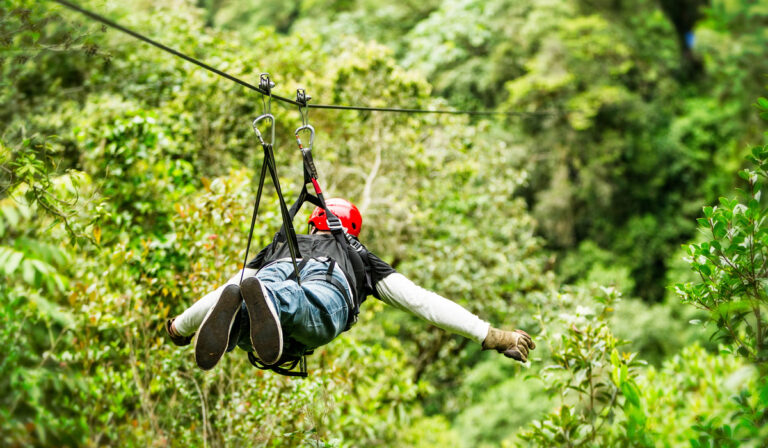
Introduction to Natural Disasters
Natural disasters are catastrophic events that result from Earth’s natural processes, causing destruction to human lives, property, and the environment. The C105 Natural Disasters Exam 2 covers various disasters, including earthquakes, hurricanes, and wildfires, providing students with a deep understanding of their causes, effects, and management strategies. Understanding these phenomena helps in disaster preparedness, mitigation, and response planning.
Types of Natural Disasters
Natural disasters can be classified into different categories based on their origin:
- Geophysical Disasters: Earthquakes, volcanic eruptions, tsunamis, and landslides.
- Meteorological Disasters: Hurricanes, tornadoes, storms, and droughts.
- Hydrological Disasters: Floods and coastal erosions.
- Biological Disasters: Epidemics, pandemics, and insect infestations.
Each type of disaster has unique characteristics, impacts, and mitigation strategies, which are thoroughly examined in the C105 Natural Disasters Exam 2 syllabus.
Earthquakes
Understanding Earthquakes
Earthquakes occur due to the sudden release of energy in the Earth’s crust, leading to ground shaking. They are mainly caused by tectonic movements at fault lines and are measured using seismographs.
Important Concepts for C105 Natural Disasters Exam 2
- Tectonic Plate Boundaries: Divergent, convergent, and transform faults.
- Seismic Waves: P-waves, S-waves, and surface waves.
- Richter Scale vs. Moment Magnitude Scale: Measurement differences and significance.
Case Study: The 2011 Tōhoku Earthquake
This earthquake, with a magnitude of 9.1, resulted in massive destruction and triggered a tsunami, affecting thousands of lives and causing a nuclear disaster.
Table: Earthquake Intensity Comparison
| Magnitude | Effect |
|---|---|
| 3.0 – 3.9 | Minor shaking |
| 4.0 – 4.9 | Noticeable but slight damage |
| 5.0 – 5.9 | Moderate damage in populated areas |
| 6.0 – 6.9 | Strong, widespread destruction |
| 7.0+ | Major catastrophe |
Tsunamis
Tsunamis are large ocean waves caused by undersea earthquakes, volcanic eruptions, or landslides. They can travel at speeds up to 500 mph, causing significant coastal devastation.
Preparation & Mitigation
- Early warning systems and evacuation plans are crucial.
- Coastal buffer zones and tsunami-resistant infrastructure reduce damage.
- Public awareness and education improve response times.
Notable Tsunamis
- 2004 Indian Ocean Tsunami – One of the deadliest tsunamis, claiming over 230,000 lives.
- 2011 Japan Tsunami – Led to a nuclear crisis and widespread destruction.
Hurricanes and Cyclones
Hurricanes, also called cyclones or typhoons depending on location, form over warm ocean waters and bring strong winds, heavy rainfall, and storm surges.
Key Concepts for C105 Natural Disasters Exam 2
- Formation Process: Warm, moist air rises, leading to low-pressure systems.
- Classification: The Saffir-Simpson scale categorizes hurricanes from Category 1 (74-95 mph winds) to Category 5 (157+ mph winds).
- Impact Areas: Coastal regions face severe flooding and wind damage.
Case Study: Hurricane Katrina (2005)
Hurricane Katrina caused over $125 billion in damages and led to severe flooding in New Orleans due to levee failures.
Wildfires
Causes & Spread
Wildfires are uncontrolled fires that spread rapidly due to dry conditions, high winds, and fuel sources like vegetation. They can be caused by lightning, human activities, or spontaneous combustion.
Prevention and Management
- Controlled burns to reduce flammable material.
- Firebreaks to contain fire spread.
- Rapid response teams equipped with firefighting technology.
Notable Wildfires
- 2019–2020 Australian Bushfires: Burned over 18 million hectares, causing severe ecological and economic damage.
- California Wildfires: Frequently impact the region due to dry conditions and Santa Ana winds.
Floods and Droughts
Flooding Events
Floods occur due to excessive rainfall, river overflow, or storm surges. They can lead to loss of life, infrastructure damage, and waterborne diseases.
Table: Types of Floods and Their Causes
| Flood Type | Cause |
| Flash Flood | Intense rainfall in a short period |
| River Flood | Overflow of rivers due to prolonged rainfall |
| Coastal Flood | Storm surges from hurricanes |
| Urban Flood | Poor drainage in cities |
Droughts: Causes and Effects
Droughts occur when there is a prolonged shortage of water supply. They impact agriculture, water availability, and ecosystems, leading to food shortages and economic instability.
Climate Change and Natural Disasters
Climate change has increased the frequency and severity of natural disasters. Rising global temperatures contribute to stronger hurricanes, prolonged droughts, and more intense wildfires.
Mitigation Strategies
- Reduction of greenhouse gas emissions.
- Adoption of sustainable agricultural practices.
- Enhancing early warning systems and disaster preparedness plans.
Disaster Risk Reduction and Management
Disaster management involves preparedness, response, recovery, and mitigation. Governments and organizations work to reduce risks through policies, infrastructure improvements, and public education.
Key Organizations Involved:
- FEMA (Federal Emergency Management Agency)
- Red Cross and other humanitarian groups
- UN Disaster Risk Reduction (UNDRR)
Conclusion
Understanding natural disasters is crucial for mitigating their impacts. The C105 Natural Disasters Exam 2 equips students with knowledge about different types of disasters, their causes, and management strategies. By studying real-world case studies and prevention measures, students can grasp the significance of disaster preparedness and response.
RELATED ARTICLES
Bearing_Shield_PETG_V9.2_Small_Big – A Comprehensive Guide
Odin 2 Thumbstick STL: Everything You Need to Know About 3D-Printed Thumbstick Customization
Crown Laboratories Zeasorb Super Absorbent Powder 2.5 oz – A Complete Guide





